After opening his second presidential term with a flurry of controversial executive orders—touching on everything from tariffs to illegal immigration to transgender people serving in the military—President Trump promised to take aim at another, perhaps less expected, target: drinking straws.
"I will be signing an Executive Order next week ending the ridiculous Biden push for Paper Straws, which don’t work," he wrote Friday, Feb. 7 on his social media platforms. "BACK TO PLASTIC!" The post appeared to target the former president’s July 2024 environmental initiative to "phase out" single-use plastics in federal department and agencies.
Naturally, given both the climate implications and the general divisiveness of paper straws, Trump’s message stirred up plenty of debate on social media. In that spirit, it’s worth reviewing the recent history related to this subject, along with some expert opinions.
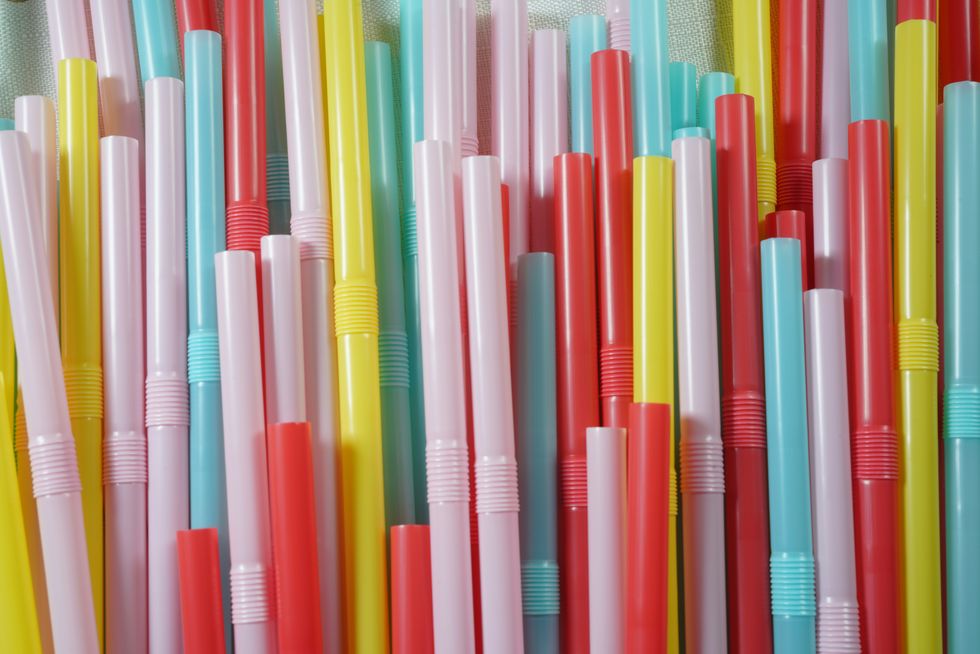
Our widespread post-plastic pivot began back in 2018, with a number of cities (including Seattle and Washington D.C.) banning these straws and several prominent companies (like Disney and Starbucks) phasing them out. The trend continued to spread: As of November 1, 2021, New York City food service establishments "may no longer provide single-use plastic beverage straws, except upon request," and plastic single-use beverage splash sticks and stirrers were also prohibited.
As a result of the legal shifts (and public discourse), lots of consumers have found themselves drinking from paper alternatives—and the feedback hasn’t always been positive, given these products’ tendency to get mushy mid-sip. (A 2019 study found that all evaluated paper straws "lost 70% to 90% of their compressive strength after being in contact with the liquid for less than 30 min.") More frustrating, though, is that not everyone even agrees they’re even better for the environment: In a 2023 study published in the Food Additives & Contaminants journal, Belgian researchers found some possibly surprising results.
“Straws made from plant-based materials, such as paper and bamboo, are often advertised as being more sustainable and eco-friendly than those made from plastic,” said Thimo Groffen, Ph.D., an environmental scientist at the University of Antwerp, in a statement. However, the presence of PFAS—poly- and perfluoroalkyl-based substances, known as "forever chemicals" because they break down slowly and can remain in the environment for thousands of years—"means that’s not necessarily true.”
(The US Environmental Protection Agency writes that PFAS can be present in drinking water, food, food packaging, and several other sources. Surveys by the Centers for Disease Control and Prevention, they write, show that "exposure to certain levels of PFAS" can lead to various health problems, including reproductive effects, increased risk of some cancers, and immune system issues.)
The Belgian researchers analyzed 39 brands of drinking straws made of five materials: paper, plastic, bamboo, glass, and stainless steel. According to their results, 18/20 of paper straws (90%) contained PFAS, followed by 4/5 bamboo (80%), 3/4 plastic (75%), 2/5 glass (40%), and 0/5 steel.
Companies are looking for alternatives. In mid-2024, Collin Ward, associate scientist at Woods Hole Oceanographic Institution, spoke to CBS Boston about efforts to create a new kind of plastic straw that can withstand in a drink setting but break down faster in nature. "You want it to stand up to the conditions that it’s used in, but if it gets leaked into nature or if it goes into a compost system, it can’t withstand those conditions," he said. "The plastic that we’ve been developing, it’s actually made from trees, whereas [polypropylene straws are] made from fossil fuels."
- YouTubewww.youtube.com
Jackie Nuñez, Plastic Pollution Coalition's advocacy and engagement manager, spoke to the BBC in 2023 about our lowest-guilt straw options—suggesting reusable, non-plastic straws and noting that metal and glass varieties are safer and hold up better than plastic. But the same article reports, citing a 2023 study, that "a glass straw is responsible for 44 times as many greenhouse gas emissions compared to a plastic one," with stainless steel straws emitting 148 times as much. The BBC author wrote, citing "every expert" they consulted, that it’s best to avoid using straws altogether, if possible.
In 2018, shortly after the initial wave of prominent companies banning plastic straws, Stanford spoke about the issue with Jim Leape, co-director of the Stanford Center for Ocean Solutions. "Plastic straws are only a tiny fraction of the problem—less than 1 [%]," he said. "The risk is that banning straws may confer 'moral license'—allowing companies and their customers to feel they have done their part. The crucial challenge is to ensure that these bans are just a first step, offering a natural place to start with 'low-hanging fruit' so long as it’s part of a much more fundamental shift away from single-use plastics across the value chains of these companies and our economy."
Needless to say, this is a complicated issue unlikely to be solved by a single trend or executive order. Perhaps we should consider the impact of all our choices, straws included.




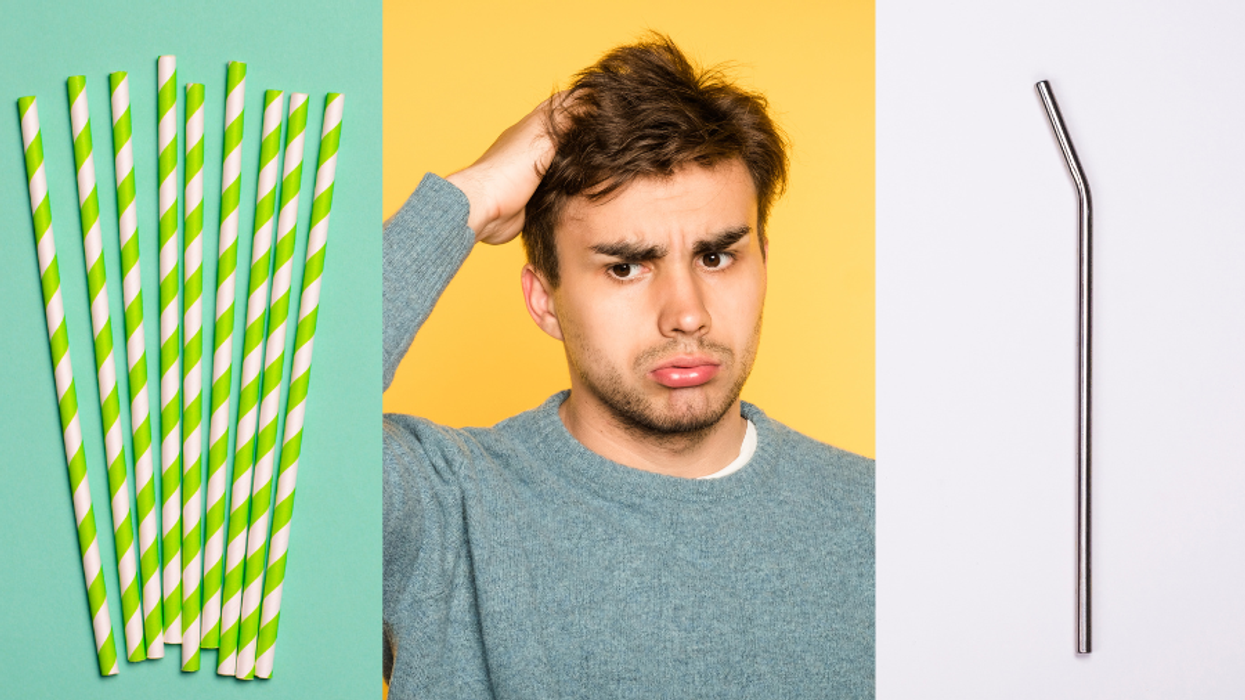









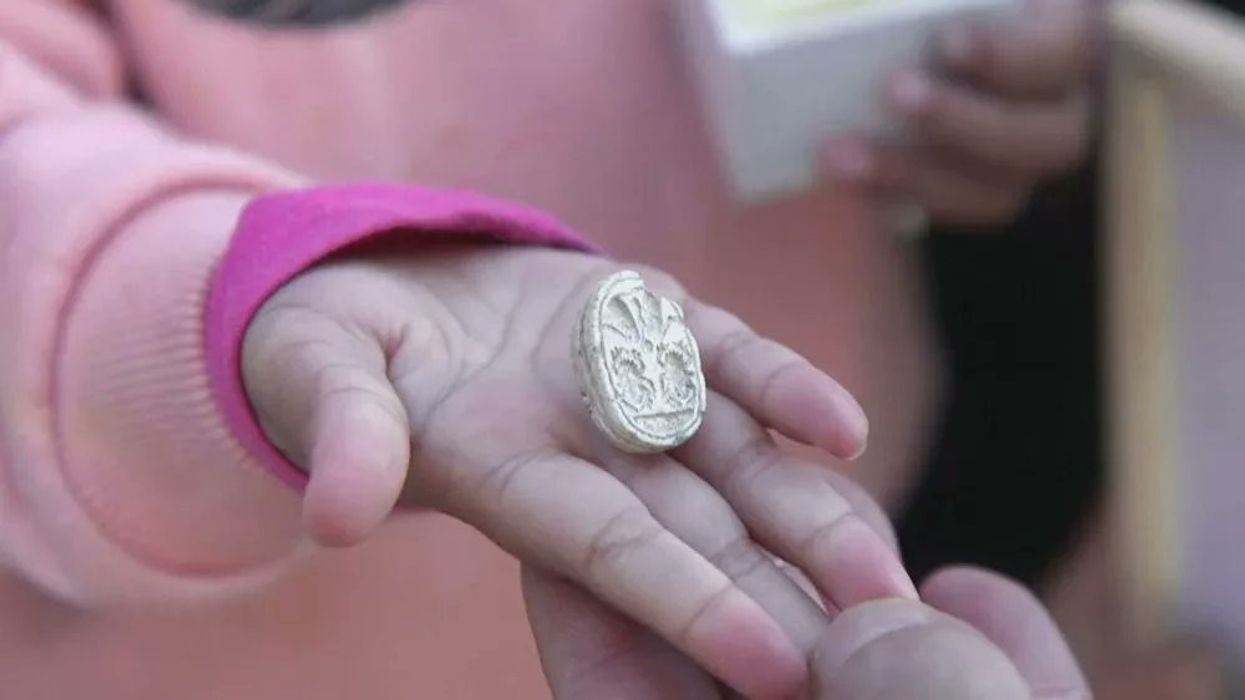



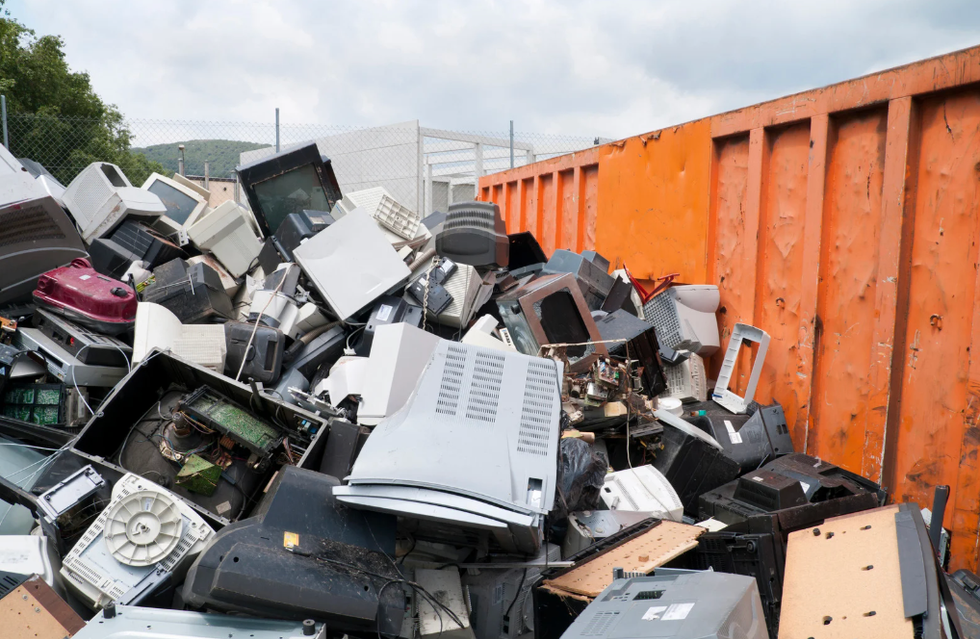 Right-to-repair laws could cut down on e-waste in our landfills.Photo credit: Canva
Right-to-repair laws could cut down on e-waste in our landfills.Photo credit: Canva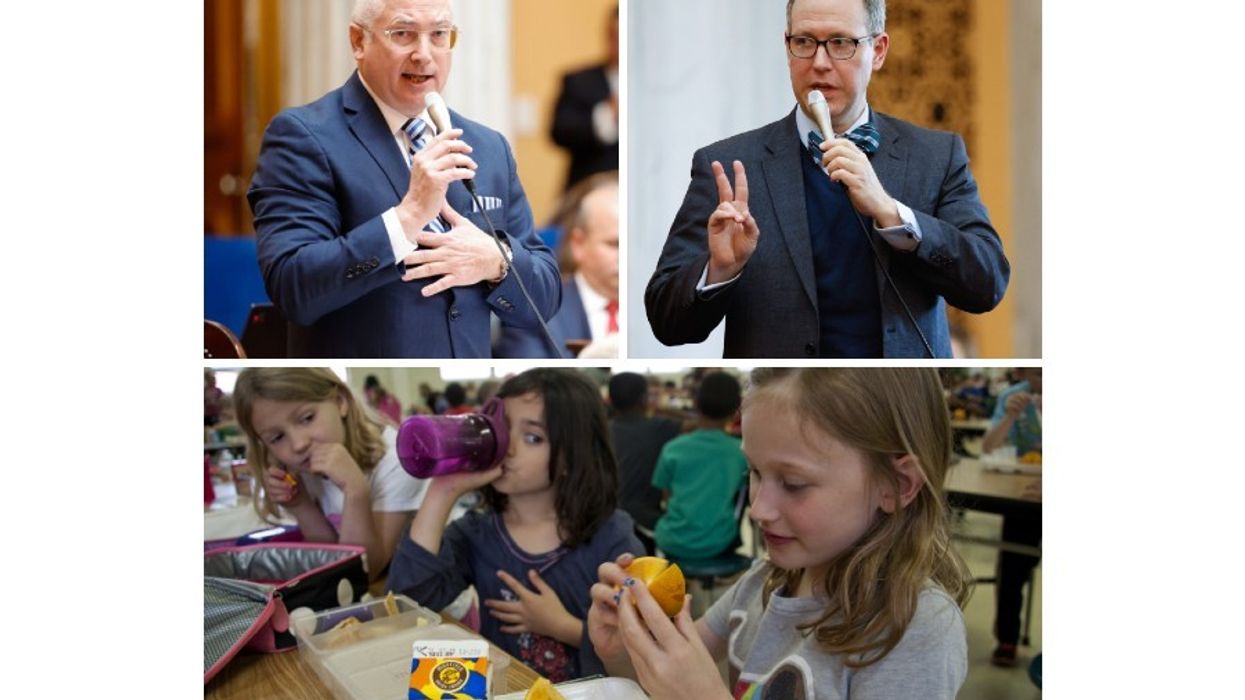
 Fed students do better in school.Photo credit: Canva
Fed students do better in school.Photo credit: Canva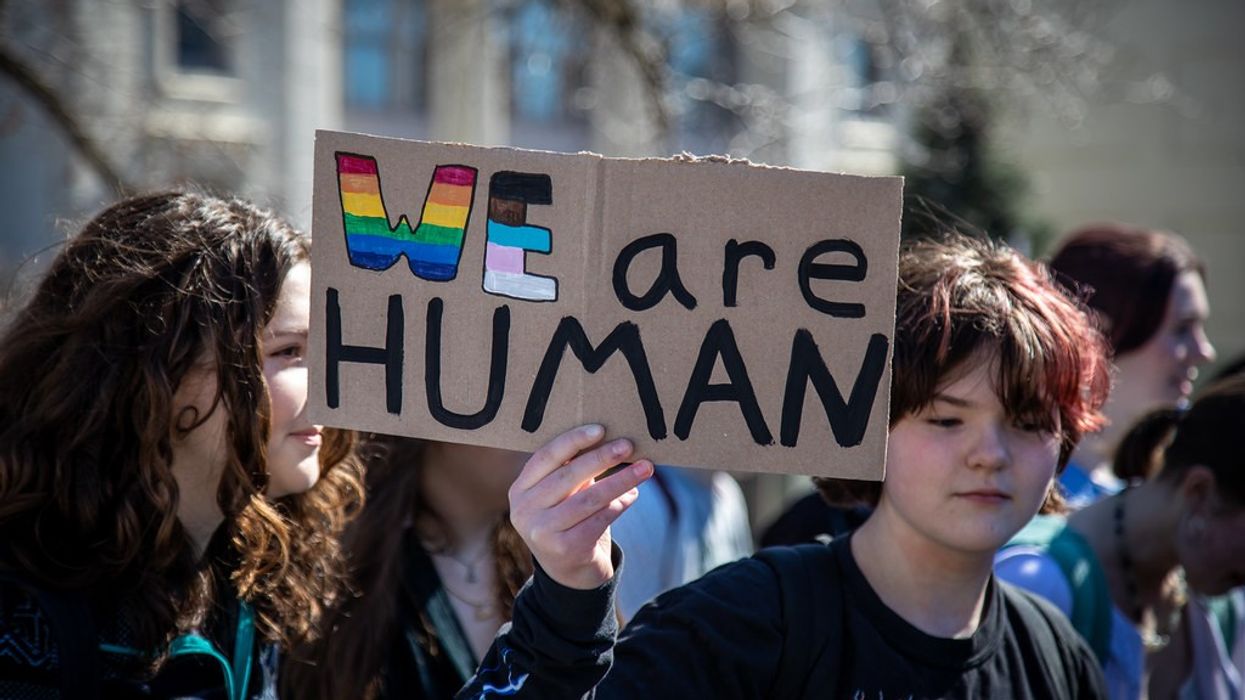
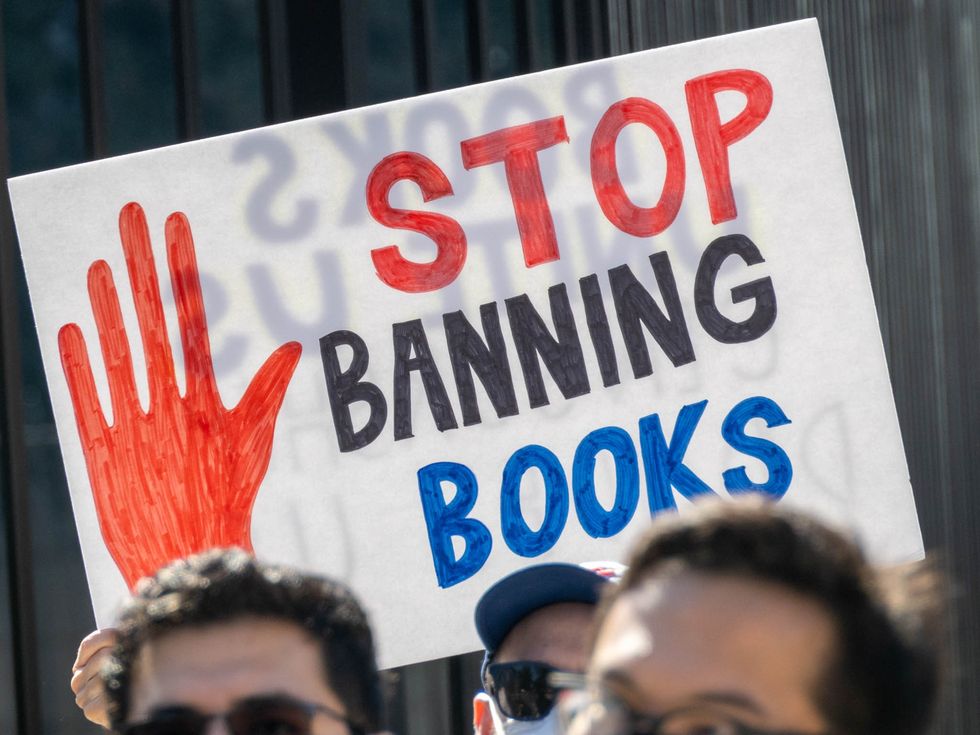 File:Book Banning Protest, Atlanta, GA 2-12-2022 P2120070 ...
File:Book Banning Protest, Atlanta, GA 2-12-2022 P2120070 ...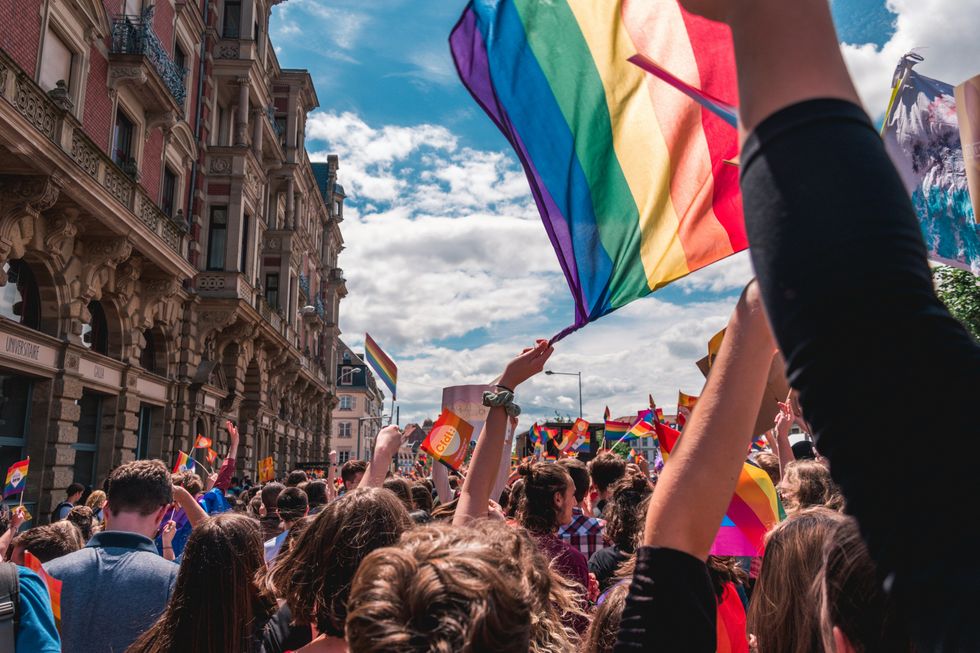 a crowd of people holding a rainbow flag
Photo by
a crowd of people holding a rainbow flag
Photo by 
 a hand holding a red button that says i votePhoto by
a hand holding a red button that says i votePhoto by 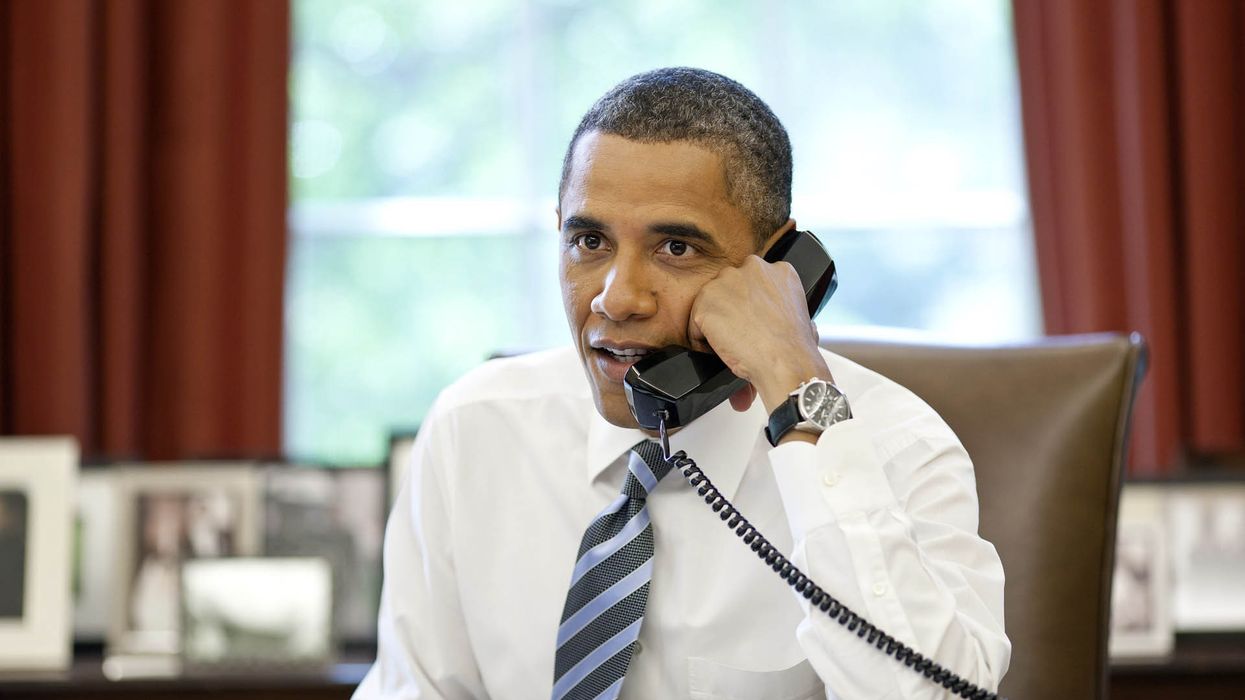
 Obama Reaction GIF
Obama Reaction GIF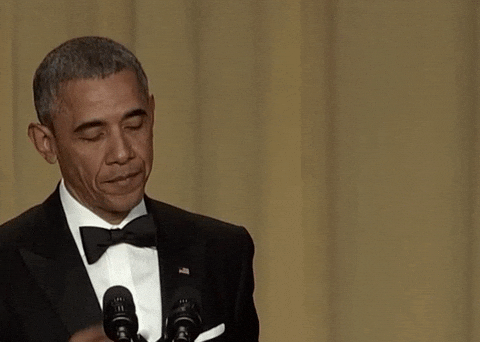 Barack Obama Mic Drop GIF
Barack Obama Mic Drop GIF Obama Reaction GIF
Obama Reaction GIF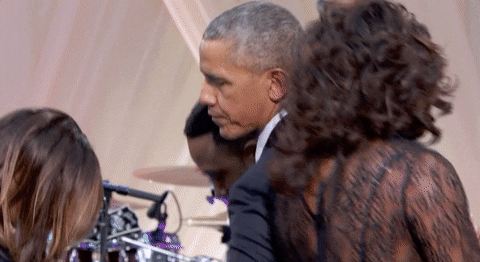 Barack Obama Dancing GIF by BET
Barack Obama Dancing GIF by BET